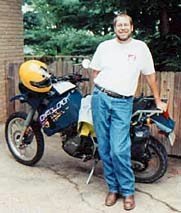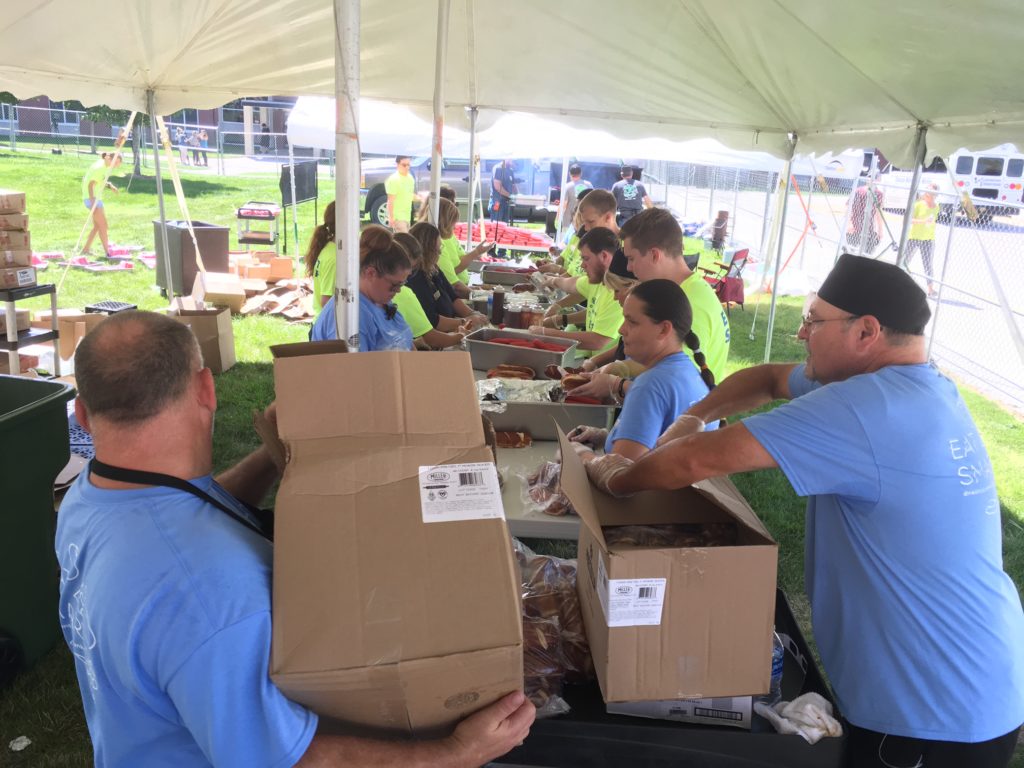Updated 10/9/17
We all have our moments that David Letterman called a “brush with greatness,” moments where our lives intersect with someone famous. In the past, when you met a movie star, musician or famous author, you might ask for an autograph. Today, the memento of choice is often a selfie. But to me, one of the ultimate souveniers is a Twitter response from someone of note.
I’ve gotten tweets from a wide range of people over the years, including noted Jesuit priest Fr. James Martin, musician Neil Finn, and conservative commentator Erick Erickson. But there are several that stand out to me:
Back in 2012, when I finally saw Brad Bird’s under-appreciated film The Iron Giant for the first time on DVD, I tweeted out a comment asking how had I missed it? That drew a response from the director:
“@ralphehanson: Just saw Iron Giant for the first time. How did I miss this before? Wonderful film.”
Most people missed it. Glad you liked.
— Brad Bird (@BradBirdA113) December 26, 2012
In the spring of 2016 my dear wife and I traveled to Omaha to see the Alien/Aliens double-feature at the Alamo Drafthouse theater. (If you have a Drafthouse near you, they are great theaters with fantastic programs and good food.) I saw that Carrie Henn, the actress who played the brave and charming little girl Newt in Aliens, was on Twitter doing promotion for the movie’s re-release. (Ms. Henn only made that one movie and grew up to be an elementary school teacher.) Again, I was thrilled when my comment drew a response:
thank you! Glad you enjoyed. It was nice to see it on the big screen, and share the experience with my husband. Fun evening.
— Carrie Henn (@RealCarrieHenn) May 23, 2016
But just to show that my geekdom is not limited to science fiction movies, lately I’ve been watching PBS documentaries on NASA’s planetary space probes, including the Voyagers that went to the outer planets, the recently completed Cassini probe to Saturn, and the New Horizons visit to Pluto.
Astronomer Mike Brown was featured in the Nova program “Chasing Pluto” as the astronomer who was largely responsible for demoting Pluto from being a planet to being a dwarf planet. (He goes by the Twitter handle @PlutoKiller and is the author of the book How I Killed Pluto and Why It Had It Coming.)
https://youtu.be/SAK64gbkNho
I was introduced to Brown and his work with an article from The New Yorker published back in July of 2006, where I first saw the argument that Pluto shouldn’t be considered a full-fledged planet. I clearly remembered Brown’s big quote from it:
“I’m perfectly willing to have eight or ten planets,” Brown says. “Nine would bug the bejezus out of me.”
Although Brown is in his early 50s, he has a boyish face, and it struck me that he looked like he was barely out of his 20s in the Nova program. So I sent out the following tweet and was delighted morning to get the following reply…
13
— Mike Brown does not X (@plutokiller) September 21, 2017
All of these serve as great examples of the new Secret 5 – All media are social. It’s not just that I’m using Twitter to talk with people who are a big deal, it’s that our consumption of media leads us into wanting to interact with others about what we’ve learned. This was true when people wanted to get their movie magazines autographed in the 1940s, when young people discovered the Beatles back in the 1960s, and when we engage in geek culture in the 2010s.
Update
Today I reached out to Hamilton composer Lin-Manuel Miranda to help share news about insulin distribution in Puerto Rico following Hurricane Maria. I was delighted when he did so. And though his reply was just a single emoji, it has to be my coolest response on Twitter to date:
— Lin-Manuel Miranda (@Lin_Manuel) October 9, 2017
Hey, @Lin_Manuel can you share this? No fresh insulin is mortal threat to diabetics in Puerto Rico! https://t.co/wbZA8qPrPD
— RalphIsNow@rhanson40@threads.net (@ralphehanson) October 9, 2017

 What do Americans know about their constitution?
What do Americans know about their constitution?






